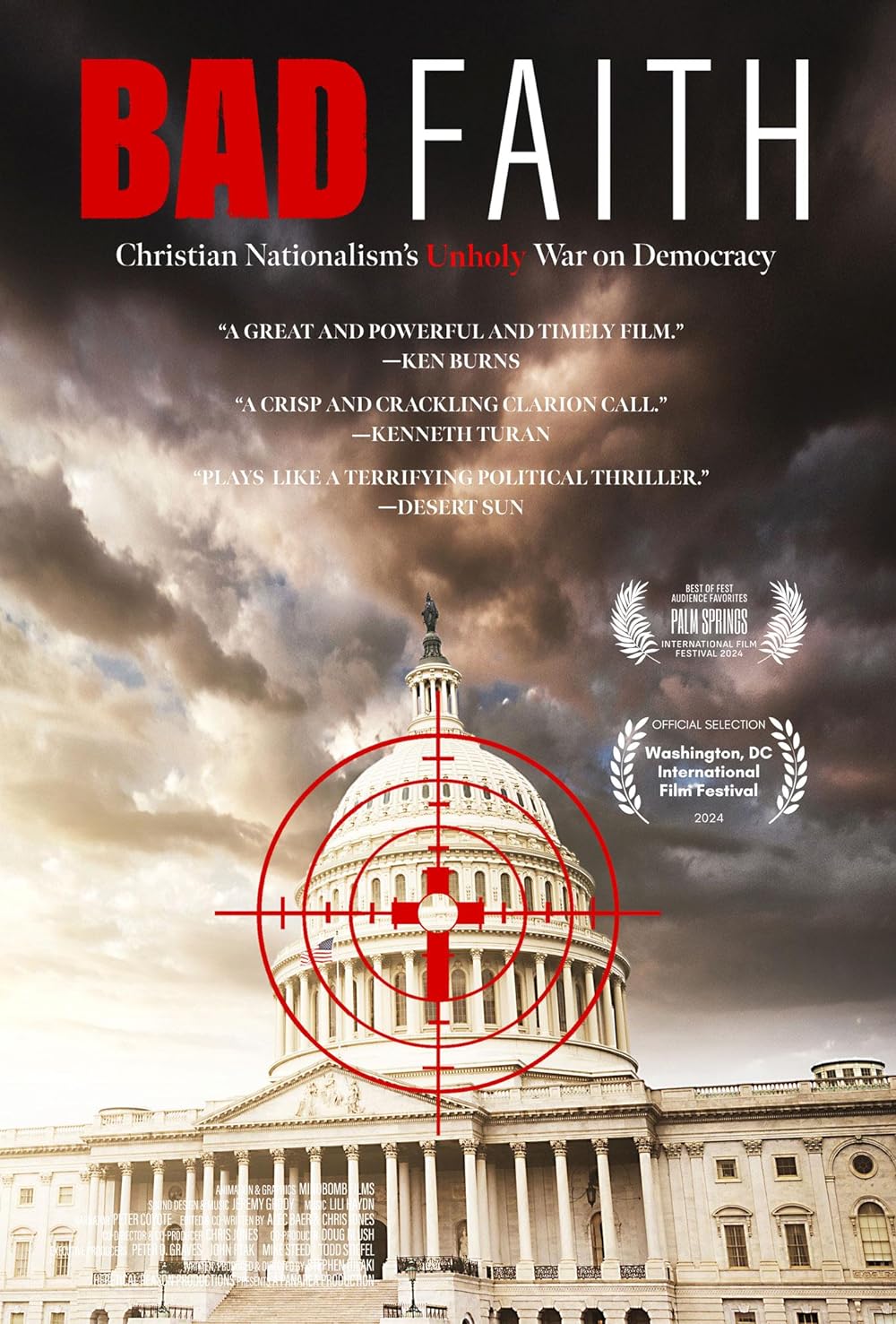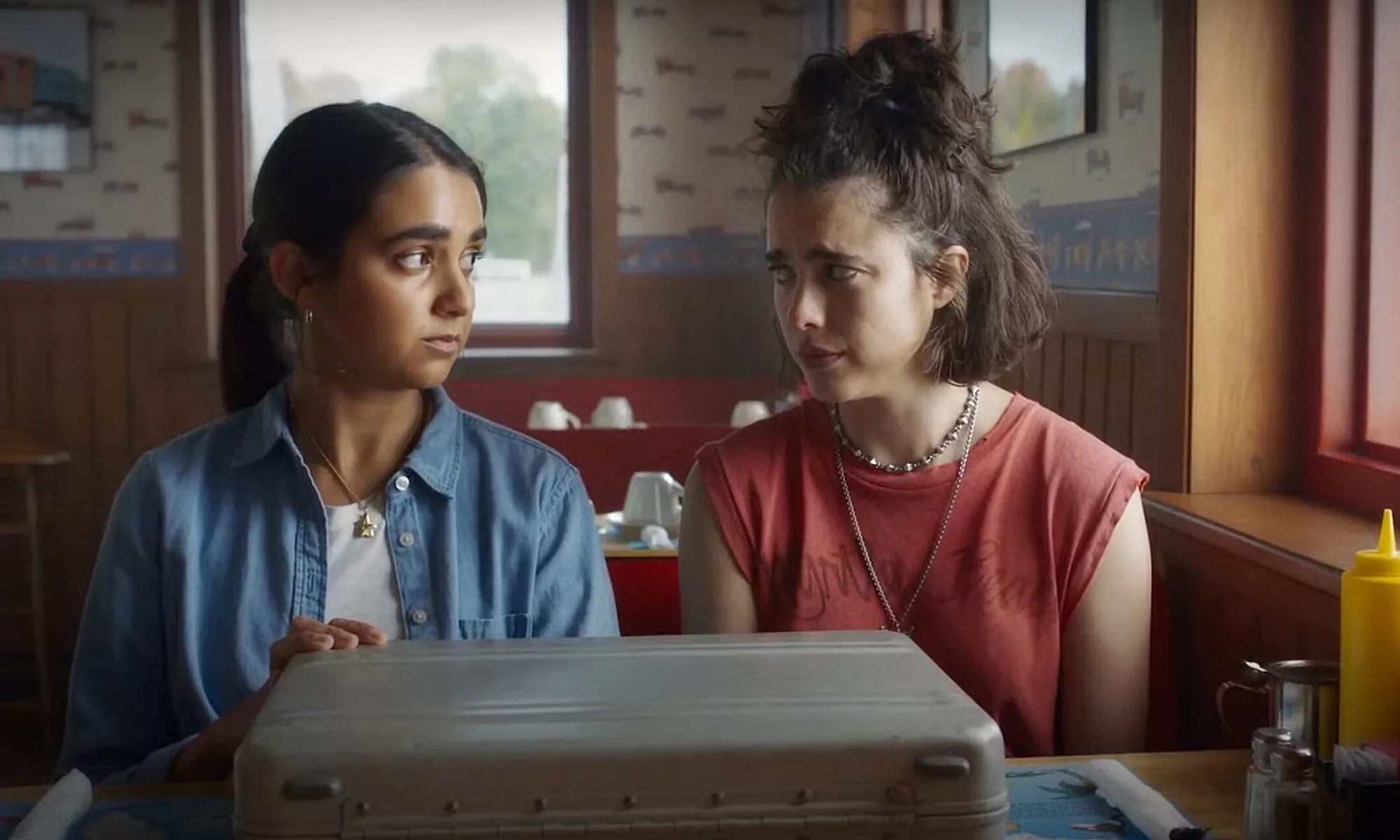Madea’s Family Reunion
Posted on February 25, 2006 at 12:39 pm
B+| Lowest Recommended Age: | High School |
| MPAA Rating: | Rated PG-13 for mature thematic material, domestic violence, sex and drug references. |
| Profanity: | Some strong and crude language |
| Nudity/ Sex: | Crude humor, sexual references including prostitution and child abuse, non-explicit sexual situations, characters commit to chastity before marriage |
| Alcohol/ Drugs: | Drinking, references to drug abuse |
| Violence/ Scariness: | Domestic abuse, spanking, hitting |
| Diversity Issues: | A strength of the movie is the positive portrayal of minority and religious characters |
| Date Released to Theaters: | 2006 |
| Date Released to DVD: | 2006 |
| Amazon.com ASIN: | B000F9SO0O |
As the Borg say on “Star Trek,” “Resistance is futile.” Don’t even try to get in the way of Madea, that pistol-packing, Bible-thumping, larger than life powerhouse and force for good creation of Tyler Perry, who also plays the part. Perry is something of a larger-than-life powerhouse himself, this time not just writing the film, playing Madea, her brother Joe, and her nephew Brian, and composing some of the music but directing as well.
You can’t judge this movie with the same standards you would apply to the usual multiplex fodder with its neat categories and linear construction. This happy mash-up of romance, drama, low comedy and high drama works because it is all tied together by Perry’s open-hearted conviction. The sincerity of his commitment is the throughline that keeps the audience connected to the story and the characters.
In addition, the crazy-quilt shifts in tone and genre are well suited to a story of a large extended family where at any given moment characters are facing a broad variety of financial, spiritual, moral, psychological, and work-related challenges, even the dreaded math problems that Madea refers to as “Al Jarreau.” She might not know the word “algebra,” but if there is an extended family member who has a problem with it and — this is the important part — is ready to be helped, Madea will find some way and some one who can give what is needed.
The person in need of some help with homework is a young girl who comes to live with Madea when a judge gives her the choice of becoming the girl’s foster mother or going to jail for violation of her parole. Many movies would make this the center focus of the story with a series of heartwarming incidents showing us the growing respect and affection between them, but this movie doesn’t have time. Medea tells the girl (the marvelous Keke Palmer) to shape up, smacking her on the butt, stands up for her with a bully on the school bus (by hitting him upside the head), promises that homework help, and that’s it.
Madea’s niece (Lisa Arrindell Anderson as Vanessa) has moved back in with her, bringing her two children. She has given her life to God and does not want to get involved with a man. But gorgeous bus driver/painter Frank (Boris Kodjoe) is also a committed Christian and loving parent. She is drawn to him, but can she trust herself? Can she let herself trust him?
Vanessa’s half-sister Lisa (Rochelle Aytes) is engaged to a wealthy banker (Blair Underwood) who beats her. Her mother Victoria (Lynn Whitfield, channeling “Dynesty-era” Joan Collins) tells her to do whatever it takes to keep him happy.
Through all of this Madea is there to knock down those who are above themselves and lift up those who don’t ask or expect the best for themselves. Her brother Joe (also played by Perry) is there to provide vulgar humor. But the heart of the story is the relationship between Lisa and Vanessa and their mother. Perry shows us that Victoria is a victim as well as a predator but does not let that excuse her behavior. Cecily Tyson and Maya Angelou appear as family matriarchs at the reunion, standing in front of a shack that family members once lived in as slaves and then as property owners and telling the group that now is the time to begin to act with responsibility, dignity, and integrity. Madea is Perry’s creation, but it is Tyson and Angelou who deliver his real message.
Parents should know that the movie has some mature themes, including child sexual abuse, adultery, out of wedlock children, and domestic violence. There are references to prostitution and drug addiction. Madea advocates corporal punishment. She does not hesitate to whack a child or an adult. The movie also has some crude humor including potty jokes and vulgar references to sex. Strengths of the movie include the portrayal of strong, devoted, responsible, and loving minority characters, positive portrayal of religious conviction as a sustaining force in the lives of some characters, and an explicit commitment by a dating couple to remain chaste until marriage.
Families who see this movie should talk about how Madea always finds a way to help those who are willing to accept it.
Families who enjoy this film will enjoy Diary of a Mad Black Woman and the Tyler Perry collection
. They might also like to try to see Perry perform in person in one of his plays.






